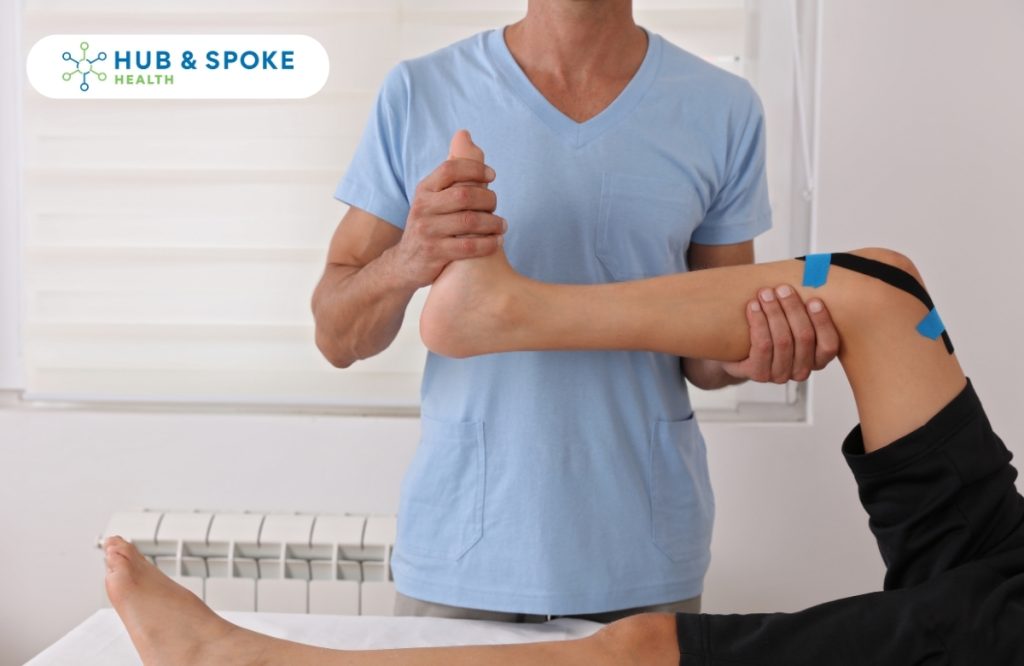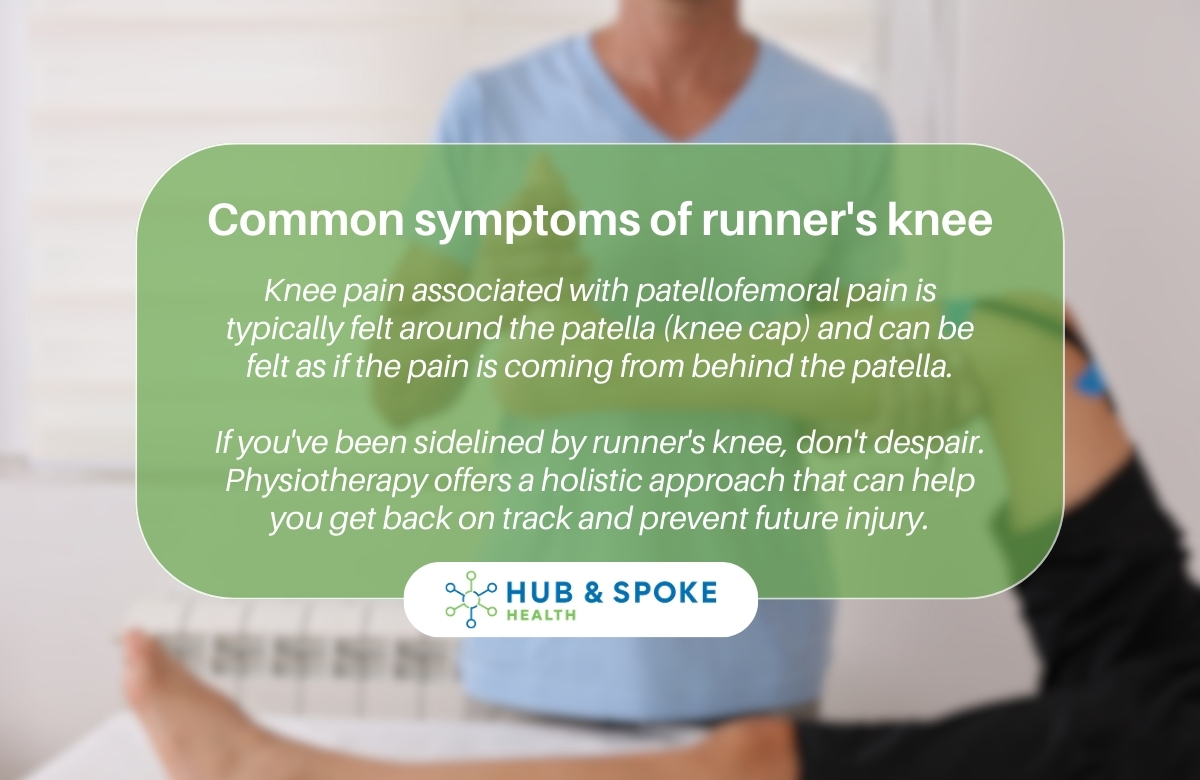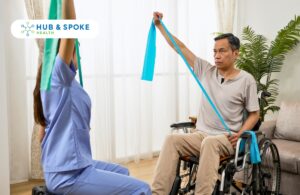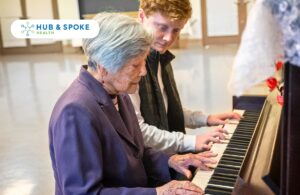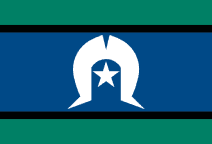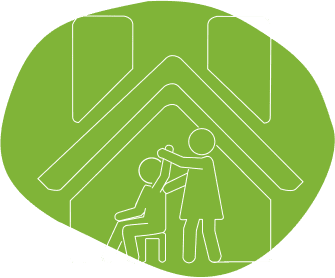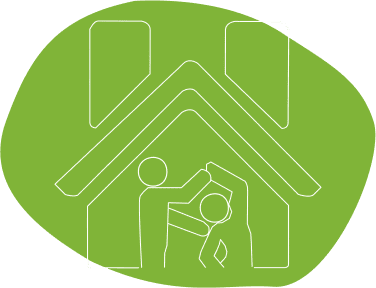Running is a great way to stay active and maintain a healthy lifestyle, but it can come with its fair share of challenges. One common issue that many runners face is known as “runner’s knee.” It’s a painful condition that can significantly impact your ability to run and enjoy physical activities. Luckily, physiotherapy offers effective treatment options to help you manage and overcome this knee problem.
Runner’s knee, medically known as patellofemoral pain syndrome (PFP), is a common injury among runners. It occurs when the cartilage under the kneecap becomes irritated or damaged, leading to pain and discomfort. It’s a frustrating setback that can derail your training and hinder your progress.
Physiotherapy is an excellent option for treating a runner’s knee and getting you back on track. It involves a range of techniques and exercises that can help reduce pain, strengthen the affected area, and improve overall knee function. If you’re struggling with runner’s knee, it’s essential to understand how physiotherapy can be a game-changer in your recovery journey.
What is runner’s knee?
Patellofemoral pain (PFP), more well-known as “runner’s knee,” describes knee pain at the front of the knee as well as pain localised around and behind the knee cap. It is typically associated with poor knee biomechanics, altered alignment and tracking of the knee cap, and muscle dysfunction.
The cause of pain in PFP is complex. It is, however, thought to be due to additional loading and stress on the joint, bones and cartilage around the knee joint. This may cause the knee cap to have larger contact forces, causing irritation and painful symptoms.
Common symptoms of runner’s knee?
Knee pain associated with patellofemoral pain is typically felt around the patella (knee cap) and can be felt as if the pain is coming from behind the patella.
PFP is usually a condition that has been bothering the knees for a longer time, with typically no single event or trauma that precipitated the pain. PFP may resolve at times and then return, and this cycle can persist for years.
Pain can be provoked by activities such as climbing stairs, running, squatting and prolonged sitting.
Pain may also come on during your activities and persist afterwards, or only after the activity, such as the day after.
Common risk factors for runner’s knee
Many factors can increase the risk of PFP, these include:
- Reduced muscle strength of the quadriceps and gluteal muscles
- Mismatch between the medial quadriceps muscles and the lateral quadriceps muscles strength and activation
- Tight muscles and structures such as the hamstrings, iliotibial band and calf
- Patella alignment
- Posture and movement biomechanics during aggravating activities, such as during running and jumping
- Overuse or overload of the knee joint
Physiotherapy treatment for runner’s knee
Physiotherapy is the cornerstone of PFP treatment.
- Exercises focus on strengthening the quadriceps muscles, improving patellar tracking, and increasing hip and core stability.
- Tightness in the hamstrings, calves, and iliotibial band can contribute to runner’s knee. Gentle stretching of these muscles will improve flexibility and range of motion.
- Techniques like massage, mobilisation, and joint mobilisation can help reduce pain, improve joint mobility, and break up scar tissue.
- Analysing your running technique can identify biomechanical inefficiencies that contribute to patellofemoral pain. Your physiotherapist may suggest changes to your foot strike, cadence, or posture to improve your running form.
- Taping or using a patellar brace can provide temporary pain relief and support your kneecap during activities.
- In some cases where foot posture may contribute to PFP, foot orthotics can be considered as a short-term treatment to reduce pain.
Consulting a qualified physiotherapist is essential for a proper diagnosis and an effective treatment plan for your runner’s knee. We can guide you through the recovery process and help you get back to running safely and pain-free.
The benefits of physiotherapy for runner’s knee
- Reduced pain and inflammation
- Improved knee function and mobility
- Stronger muscles and better joint stability
- Reduced risk of re-injury
- Faster return to running and other activities
Does runner’s knee fully heal?
With the right rehab exercises and physiotherapy, most people can heal from runner’s knee and resume running without pain. Most people recover within 6-12 weeks.
The sooner you begin treatment and strength-building exercises, the faster you will heal. Your recovery time can vary depending on the severity of the injury and how well you follow your treatment plan.
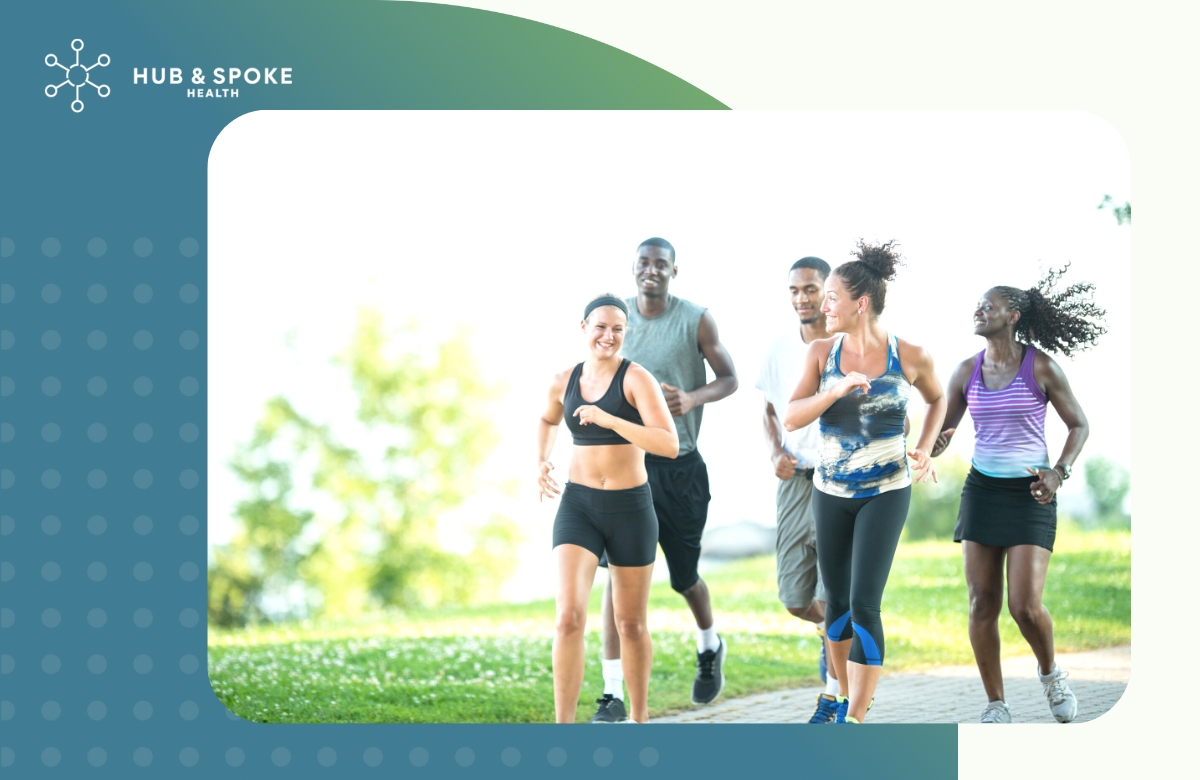
Final Thoughts on Physiotherapy for Runner’s Knee
If you’ve been sidelined by runner’s knee, don’t despair. Physiotherapy offers a holistic approach that can help you get back on track and prevent future injury.
With the right exercises, stretches, and techniques, you can overcome this setback and hit the pavement with confidence once again.
So lace up those running shoes and start your journey towards a pain-free and stronger you!
Book an appointment with us today! Our team of experts will lead you down the best treatment path for your recovery.
Author
-

Hub & Spoke is a unique Allied Health service that delivers the latest in therapies and treatments to you both in-home or at work to make health care accessible to everyone.
View all posts



